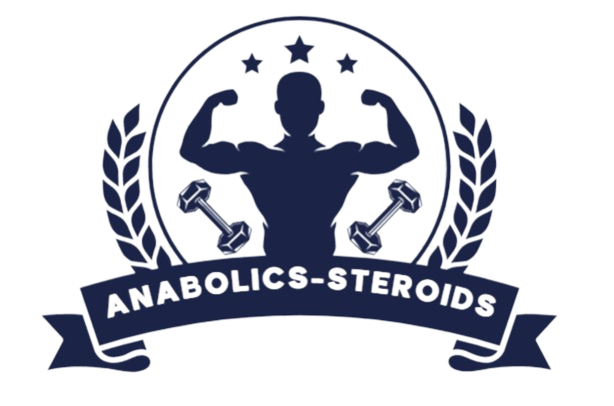When it comes to predicting sporting greatness, coaches often turn to a raft of fitness tests such as the 40-yard-dash and the VO2 Max , but determining how much fuel we have to reach our goals could be as simple as looking at our fingers size say the experts, according to recent research. But how so?
When we exercise intensely, our bodies rely on lactate as the preferred fuel for the nerve and muscle cells. Apparently, predicting our potential to produce lactate can often be determined by the size difference between our index and ring finger. Scientists call this the “2D:4D Ratio” (that’s the second and fourth digit ratio) and previous research has already found that adolescent boys who have a longer index finger compared to their ring finger benefit from greater grip strength but the reason for this is thought to be more hormonal than mechanical. Now, a new study, looking at professional female footballers has shown that while the 2D:4D ratio could say a lot about our athletic potential, one size may not fit all.
“Men with a long ring finger relative to their index finger produced little in the way of lactate,” said Professor John Manning of the Swansea’s Applied Sports, Technology, Exercise and Medicine (A-STEM) research team, who has been working with colleagues in Cyprus, Poland, and Spain to monitor the performance of male and female professional footballers. “For women, there were two predictors, height and 2D:4D. Lactate levels were low for tall women and women with a long ring finger relative to their index finger. The link here is thought to be testosterone-oestrogen balance in the womb and at puberty.”
Why is the 2D:4D Ratio a Predictor of Performance?
The theory is that a longer ring finger reveals that an individual was exposed to higher levels of testosterone at the prenatal stage. On the other “hand,” a ring finger that is closer in size to the index finger is seen as a marker of higher levels of prenatal estrogen.
So, while testosterone is linked to muscle mass, strength, and physical performance, a longer ring finger does not necessarily correlate to sporting success where exercise is required for longer durations. In other words, those with a longer index finger seem to do better in strength tests while those with a ring finger that is closer in size to the index produce more lactate. Lactate is often misunderstood as a waste product but is an important fuel for the muscles and provides a boost during prolonged periods of exhaustion.
Scientists believe that the distance between our digits is an important clue that could determine the sports that we may perform best in, but it is also important to remember that other factors such as how you train, what you eat, and other lifestyle choices are seriously at play here, so don’t point your finger just yet.



